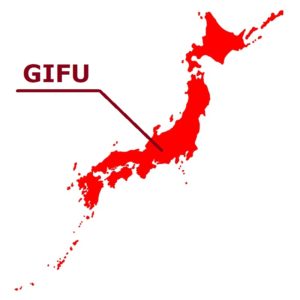
In addition to this “Three Great Float Festivals”, there are many festivals around Japan where many “Floats” are paraded. “Float” is called differently in various parts of Japan. “Yama” “Hoko” “Yatai” “Dashi” “Yamagasa” “Danjiri” and so on. These have different names and shapes depending on the region, but they are positioned as “yorishiro” (object representative of a divine spirit) for the ride of God during the festival.
So why is “Matsuri” (rites and festivals) performed in the first place? There are surprisingly few Japanese people who can answer this question. Not only in Shinto-based Japan, but ancient people worshiped God as an absolute being. And they lived in various forms of rituals in hopes of fertility, ancestors and well-being.
That is the “Matsuri” that still remains in Japan. “Matsuri” requires a place for God to come to, and “yorishiro” has been used as “Dashi”.
In Japan, mountain worship was deep-rooted, and it was believed that God would descend from the mountain, so “Dashi” imitating the mountain was necessary. There are various theories about why it is called “Dashi”, but it is said that it is because the floats on which gods ride are taken out from shrines and precincts.
At first, “Yama” was just a pile of soil, but it was decorated to compete as the times progressed, and now it is used while being preserved and restored as a valuable cultural property. There are various types, such as “Yamahoko” with a spear and long sword, “Yamagasa” with a shade, “Yatai” with a base underneath, and “Danjiri” with a car. There are now various ways to call them with or without wheels.
In Japan, the so-called “Mikoshi” is also used, but the basic idea (the ride of God) is thought to be the same as that called “Dashi”.
The reason why the Takayama Festival is counted as “Three Great Float Festivals” is because many beautiful “Yatai” called “Moving Yomeimon Gate” (Yomeimon Gate is the Nikko Toshogu Shrine‘s Gate) have been inherited. It was said that what supported this culture was behind the spirit of nurturing engineers and newness based on the rich economic power of the townspeople.
300 years of history
“Takayama Festival” in Hida Takayama is a traditional festival boasting about 300 years of history, originating from the latter half of the 16th century to the 17th century. This Takayama Festival is a generic name for two festivals, “Sanno festival” in the spring and “Hachiman Festival” in the fall, loved by the people of Hida Takayama, it has been taken over and protected. Among them, the “Sanno festival” to be held in the spring is an annual festival of Hie-jinja Shrine which is the Shrine of the southern castle town of Takayama. The “Takayama Festival” is famous as Japan’s three biggest Hikiyama Festival, which is in line with “Gion Festival” in Kyoto, “Nagahama-Hikiyama Festival” in Shiga.
“Yama, Hoko, Yatai” (including the Yatai of Takayama Festival) was registered as UNESCO’s Intangible Cultural Heritage in 2016. At the “Takayama Festival” (Sanno Festival) to be held every April, festival’s procession, Yatai, which is a festival’s procession, Karakuri dedication and night festival are spectacular coloring the city of Hida Takayama. While the festival is held for two days, the city of Hida Takayama shows a completely different bustle. During the day, 12 Yatai which can be seen in the city color the city gorgeously, you can enjoy lion dancing mainly around Mikoshi and hundreds of procession around the city. Also, you can see Karakuri dedication twice in the morning and afternoon. Karakuri dedication is a virtuosity in which a skilled worker manipulates several ropes and remotely manipulates the doll as though it is alive.
One of the three greatest beautiful festivals in Japan
The “Sanno Matsuri” (Sanno Festival) performed in spring and the “Yahata Matsuri” (Yahata Festival) performed in Autum were generically called “Takayama Matsuri” (Takayama Festival), and it was protected carefully, and inherited by residents of Takayama. It is considered that the origin of it were from late 16th century to 17th century and it is one of the Japan’s three greatest beautiful festivals with “Gion Festival” and “Night Festival of Chichibu”.
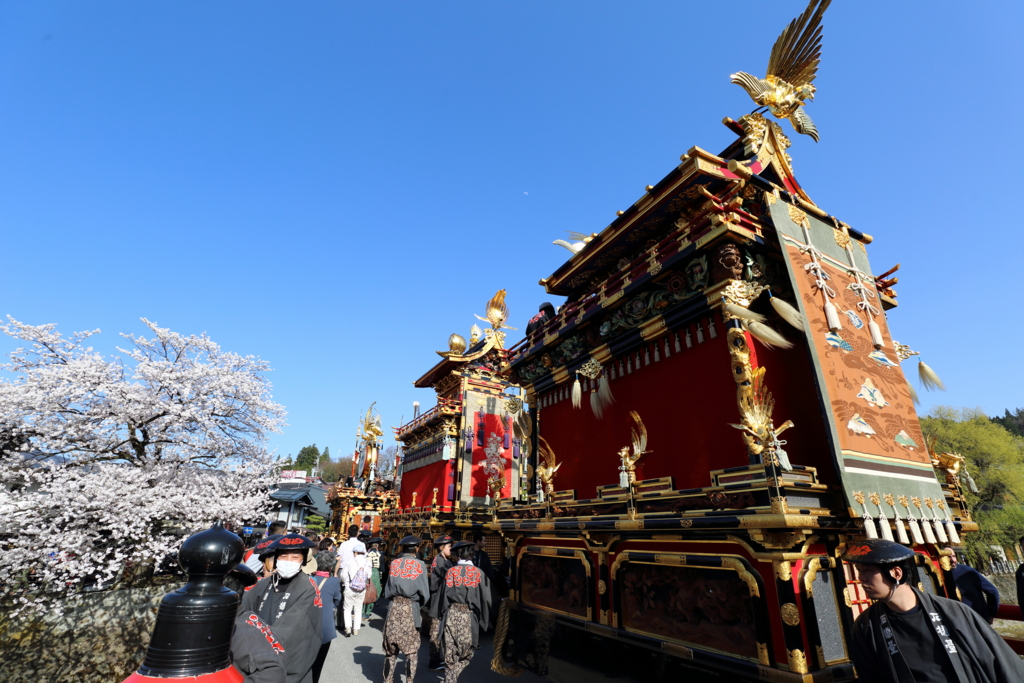
The lively traditional performing arts
The “Sanno festival” of spring is annual festival of the Hie-jinja Shrine. It is held on April 14th and 15th every year.
The 12 festival cars, which is the treasure of the “Sanno festival”, appear in Kamimachi being the main site of the festival. Three of them dedicate Karakuri, and the lively traditional performing arts are performed. It is highlight that the festival cars being drawn throughout in the night, too.
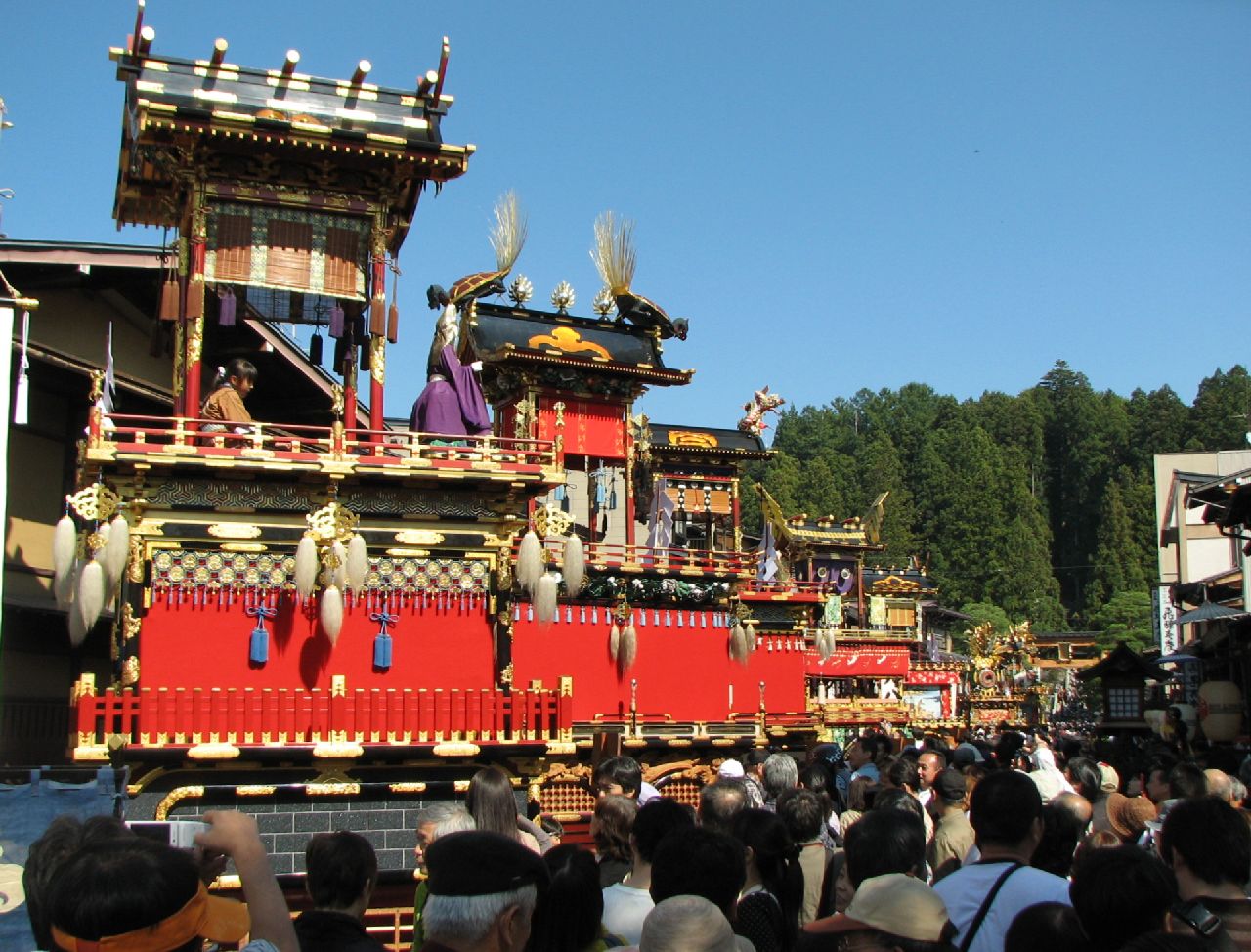
The “Hachiman Festival” of autumn is annual festival of the Sakurayama Hachiman shrine, and held on October 9th and 10th.
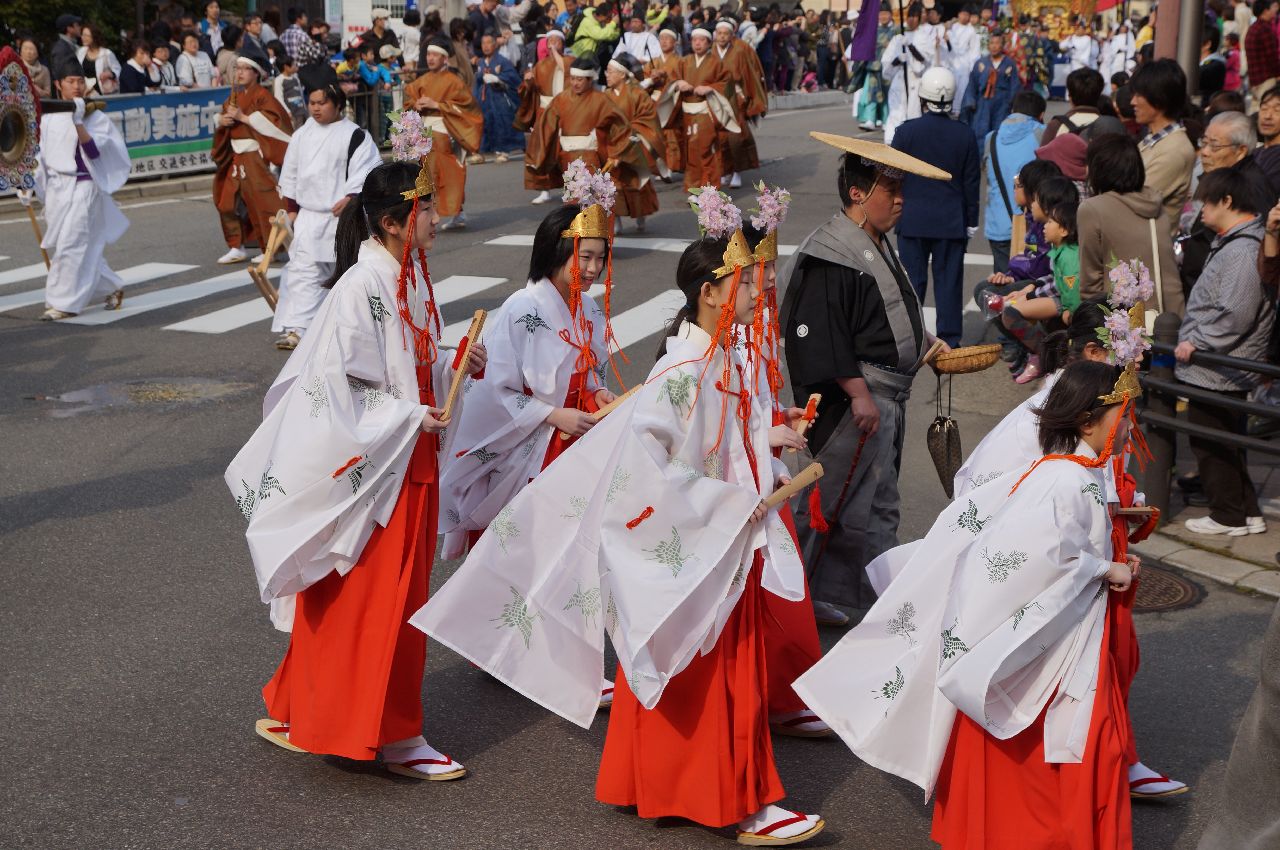
Folk-cultural properties
The Takayama Matsuri is designated folk-cultural properties tangible and folk-cultural properties intangible of Japan.
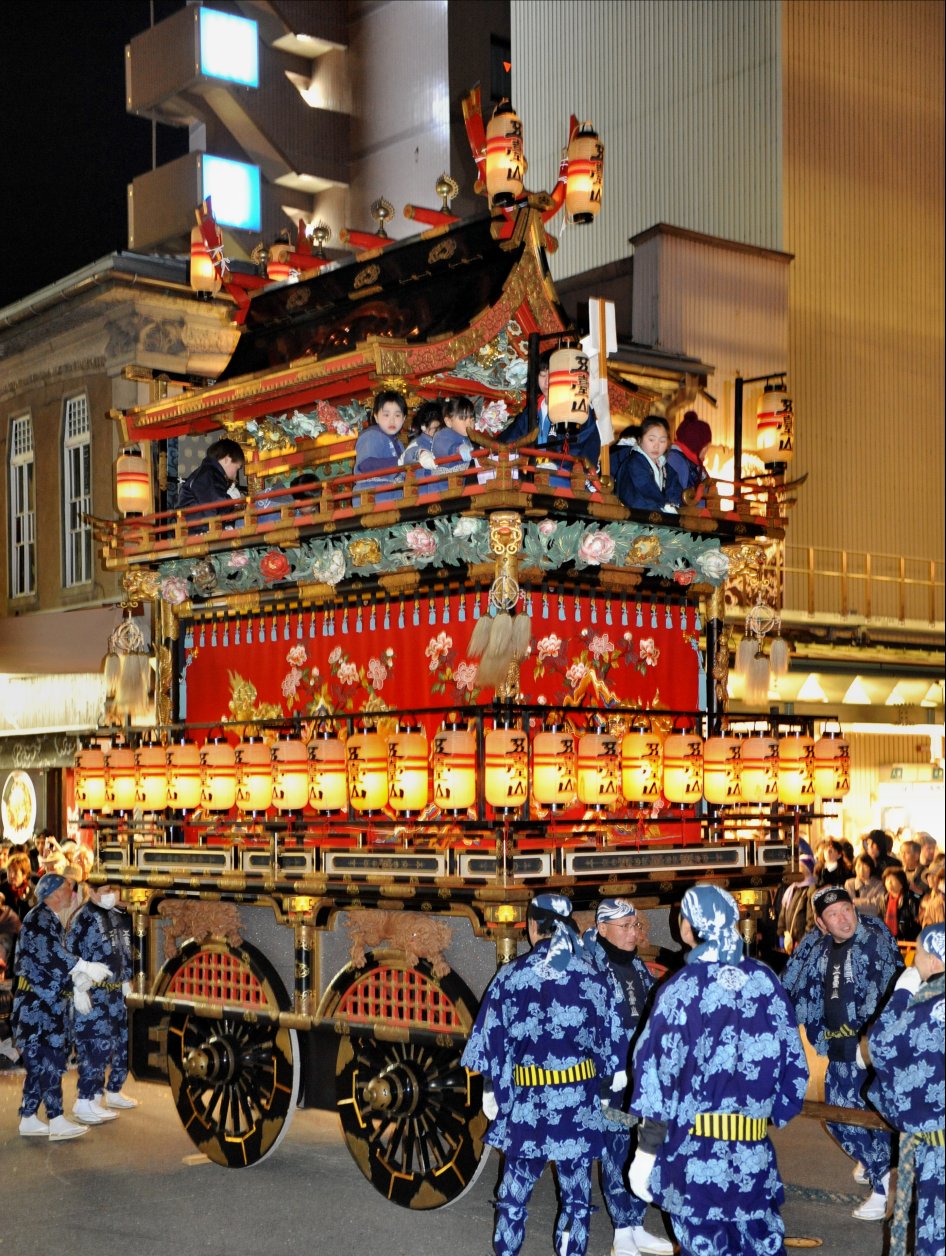
Karakuri Hono
“Karakuri Hono” performed in the Yahata Shrine precincts is the particularly recommended highlight. On the Sanno Festival of spring, there is three Karakuri dedication, but, by the Hachiman Festival of autumn, only one of it dedicates Karakuri.
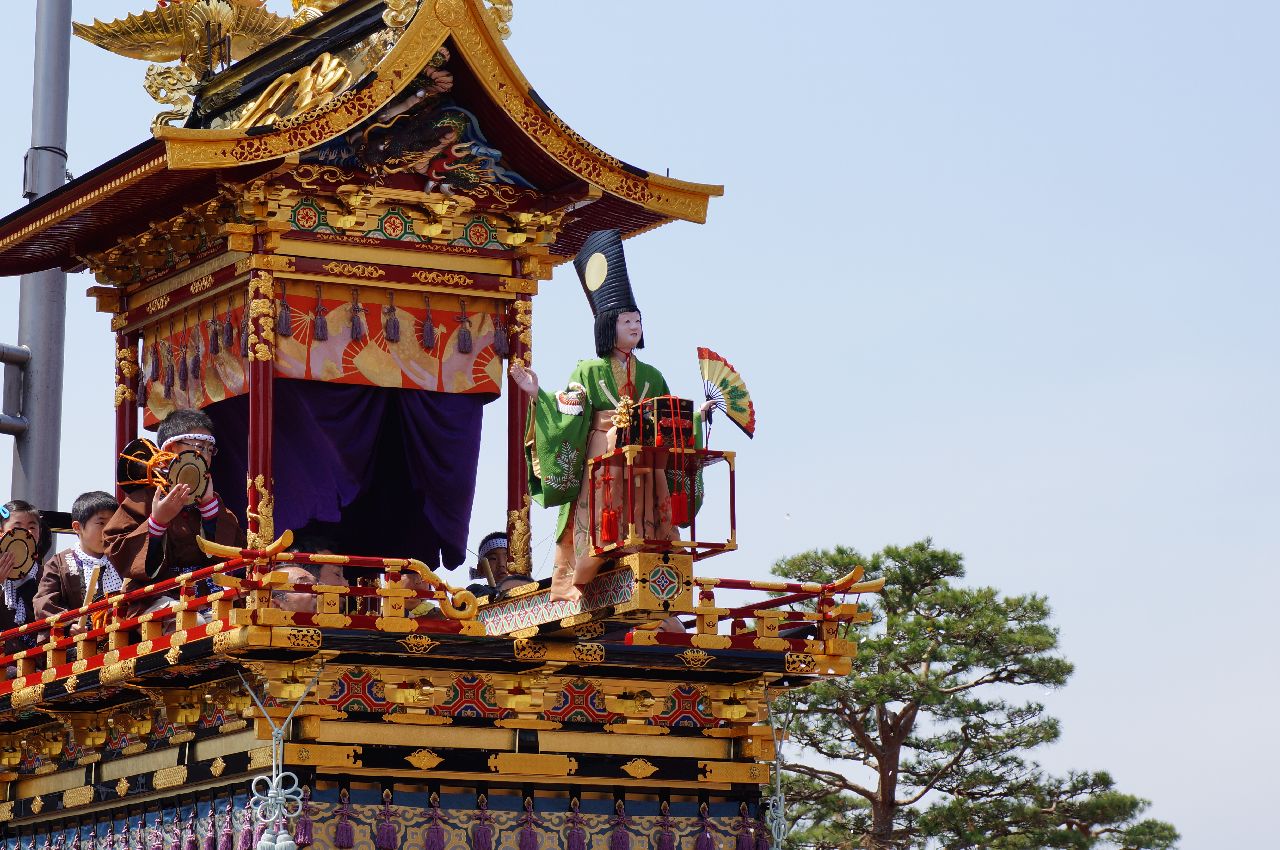
Information(Access, Price/Charge, Tel, Address, Official site, etc.)
| Name: | Takayama Matsuri (Takayama Festival) |
| Adresse: | Takayama-city, Gifu 506-0053 Japan |
| Access: | JR Takayama-honsen “Takayama-eki Station” (10 - 20 minutes walk) |
| Tel: | (+81) 577-35-3145 (Takayama City Tourist Office) |
| Price/Charge: | Free |
| Official site: | http://www.hida.jp/ |
Leave a Reply